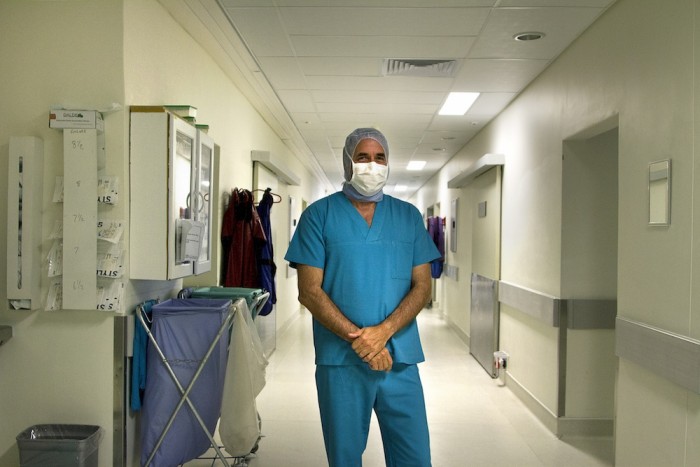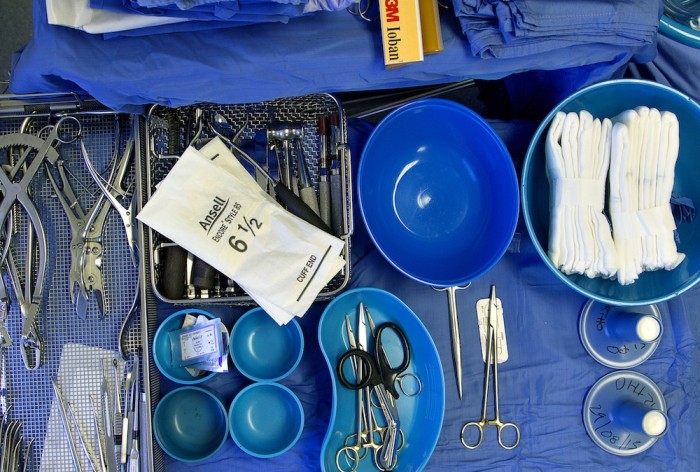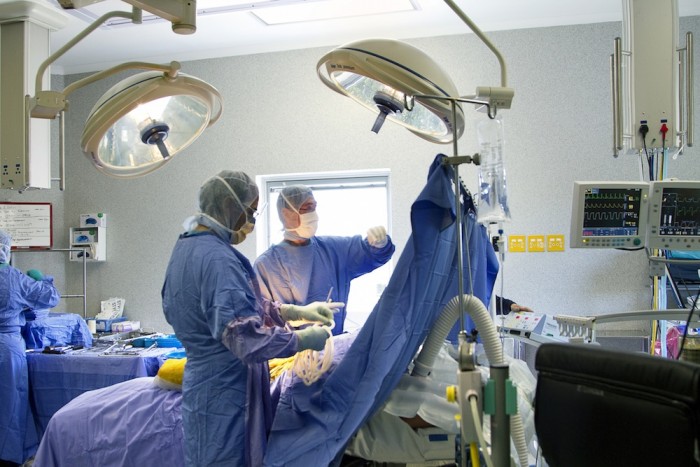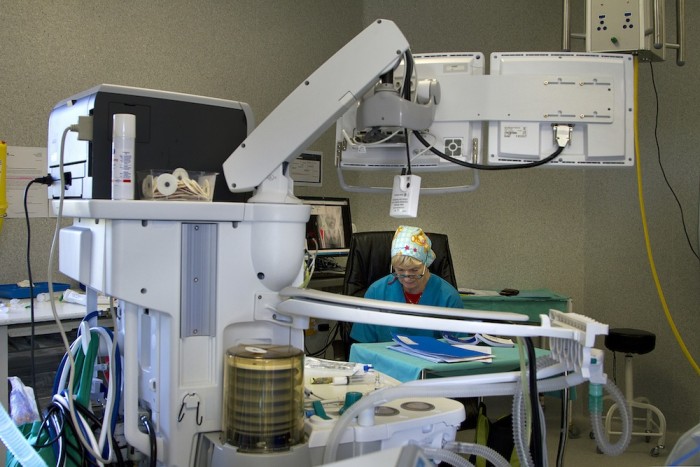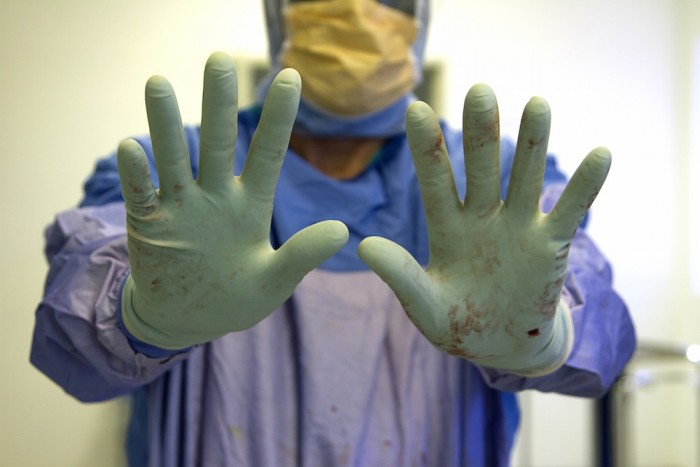From the Series
Ships' doctors were once referred to as "sawbones" and orthopaedic surgeons are still often known as the "carpenters" of hospitals. Using similar tools to those found in a wood workshop – hammers, saws, drills and chisels – the bone surgeon works (sometimes with great force and effort) on the solid and heavy structures of the human skeleton, a complex biomechanical machine.
Where ancient medicines drew heavily on magic and ritual, healing herbs and spells, broken bones required action and repair that to this day require little in the way of medication, except to ease the pain.
If it weren't for the smell of disinfectant in the room (and the occasional smell of a causterised wound), a blind man could easily mistake the soundscape of the orthopaedic operating theatre for that of a maker's studio.
Much of what happens in the operating room is directed by intuition and reaction; every patient presents a unique three-dimensional problem that must be solved with a high degree of skill and time-earned experience.
The artisan is driven by the desire to create and repair, to make things of beauty and function with his hands. The interest in how things work and move, and the ability to put things back together must certainly means that the surgeon too is required to be an artisan – a master of his craft.
This is the second in a photographic series that looks at the hands of the maker. Celebrating the touch and dexterity of the human hand in an age of soulless perfection, this artisan series looks at masters of craft who have worked for many thousands of hours to hone their skill. Last week we focused on a legendary surfboard shaper.


